The minutes of the FOMC’s June meeting are especially interesting this time. Not for because of what the FOMC said about raising its policy rate this time, but rather because of the insights that the minutes provide regarding participants’ widely divergent views on the policy path going forward. Differing perspectives on further rate changes versus normalization of the Fed’s balance sheet are especially relevant at this juncture because this is the first time since the Accord of 1951 when Federal Reserve Bank presidents (five) have outnumbered the number of sitting Fed governors (four) voting on the FOMC.(1) The range of views on the policy path is striking, but we should not infer that the discussions are contentious. The lack of consensus simply means that we are unlikely to learn much from Chair Yellen’s mid-year testimony this week before Congress, and that the medians in the June SEP (Summary of Economic Projections) are unlikely to tell us much, at the moment, about the policy path going forward.
Exactly what are these divergent views? First, let us look at the SEPs to assess the range of views in play. For 2017, for example, four people think that rates should remain unchanged for the rest of the year; eight see one more rate increase; four see two more increases, while President Kashkari has dissented on both the rate hike in March and the one in June. Thus, we see a Goldilocks’ view of policy, with a third thinking that policy is not tight enough, a third thinking that policy is too loose, and a third thinking that policy is about right. The divergence of views on the policy rate widens for 2018: One participant thinks the policy rate should be unchanged; five see rates between 2 and 2¼ next year; four see rates less than 1¾ and 2%, while seven see rates even higher. Those widely divergent rate assumptions are all associated with very tight distributions of participants’ projections for unemployment, GDP, and inflation.
But the really interesting insights into the dilemma facing policy members emerge in the discussions, reflected in the minutes, regarding the timing of rate hikes, the decision on when to begin normalization of the system’s portfolio holdings, the interaction between the two policies, and uncertainty as to what the effects would be. Several participants argued that the market had been sufficiently prepared and that normalization could therefore begin in a couple of months.(2) On the other hand, “some” argued for delaying the decision to give time to assess progress on growth and inflation. A “few” expressed concern that movement on reinvestment policy might signal to markets a more gradual path for policy rate increases. Indeed, if there were an interaction between balance sheet normalization and policy accommodation such that a de facto tightening were to result, then this effect might be either interpreted by markets as requiring (or might actually require) a change in the path for the policy rate. However, the minutes also note that “some” participants discounted the potential for normalization to be an important consideration affecting the policy-rate decision, while a “few” argued that the firming brought about by normalization of the balance sheet would be modest at best.
These minutes reveal several different views on the relationship, impact, and relevance of the decision to implement a normalization of the Fed’s balance sheet by stopping the reinvestment of maturing securities. Some felt that, in terms of its potential impact, normalization would substitute for a rate hike and prompt a reassessment of the future path of the policy rate. Others felt that the two decisions were independent. Finally, still others were totally uncertain what the impact of the Committee’s June rate hike would be and preferred a wait-and-see attitude before making future changes in policy. Such divergence of views, while understandable, is hardly conducive to forming a consensus, nor should it inspire confidence in the SEPs or reliance upon the median forecast. It also raises the issue of how the Committee would respond in Congressional testimony were a policy rule in place.
(1) The president has just nominated Randall Quarles to fill one of the three vacant seats on the Federal Reserve Board.
(2) In Fed speak, there is a hierarchy for the use of key words like few, some, many, etc. An approximate ranking and implied numbers (in parens) is few (3 or less) ,” some (more than 3 but less than 5), a number (about 5), many, most, and finally, all.
Sign up for our FREE Cumberland Market Commentaries
Cumberland Advisors Market Commentaries offer insights and analysis on upcoming, important economic issues that potentially impact global financial markets. Our team shares their thinking on global economic developments, market news and other factors that often influence investment opportunities and strategies.

